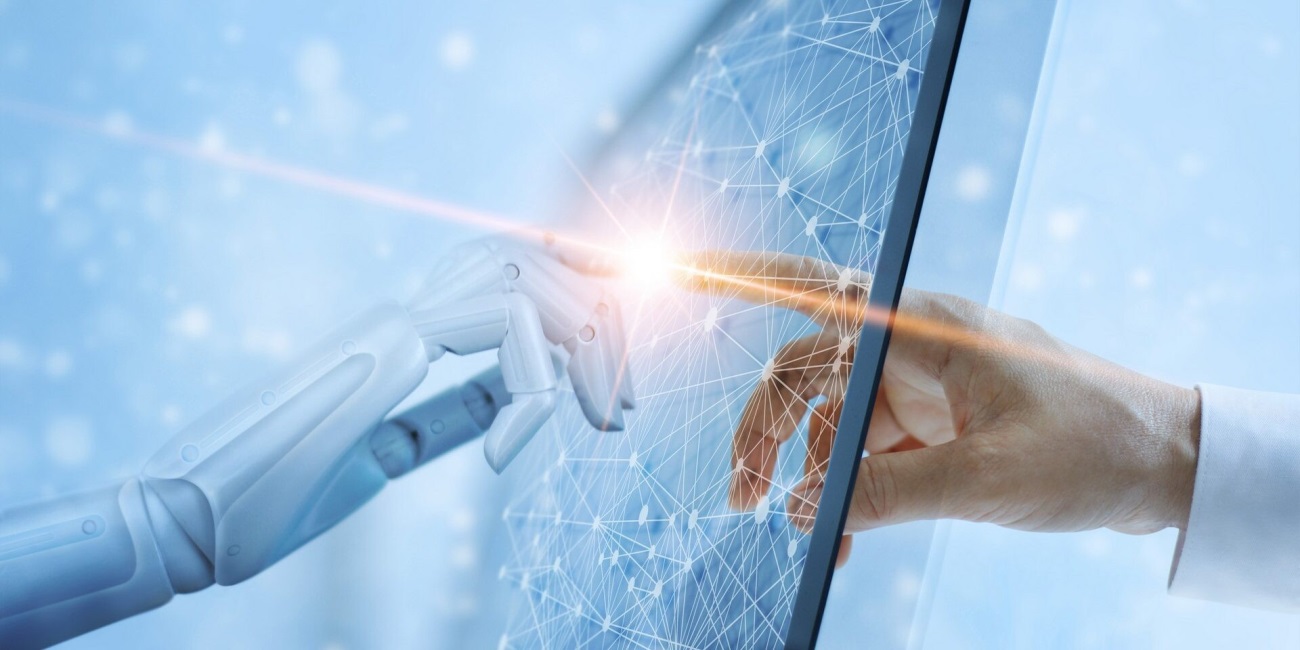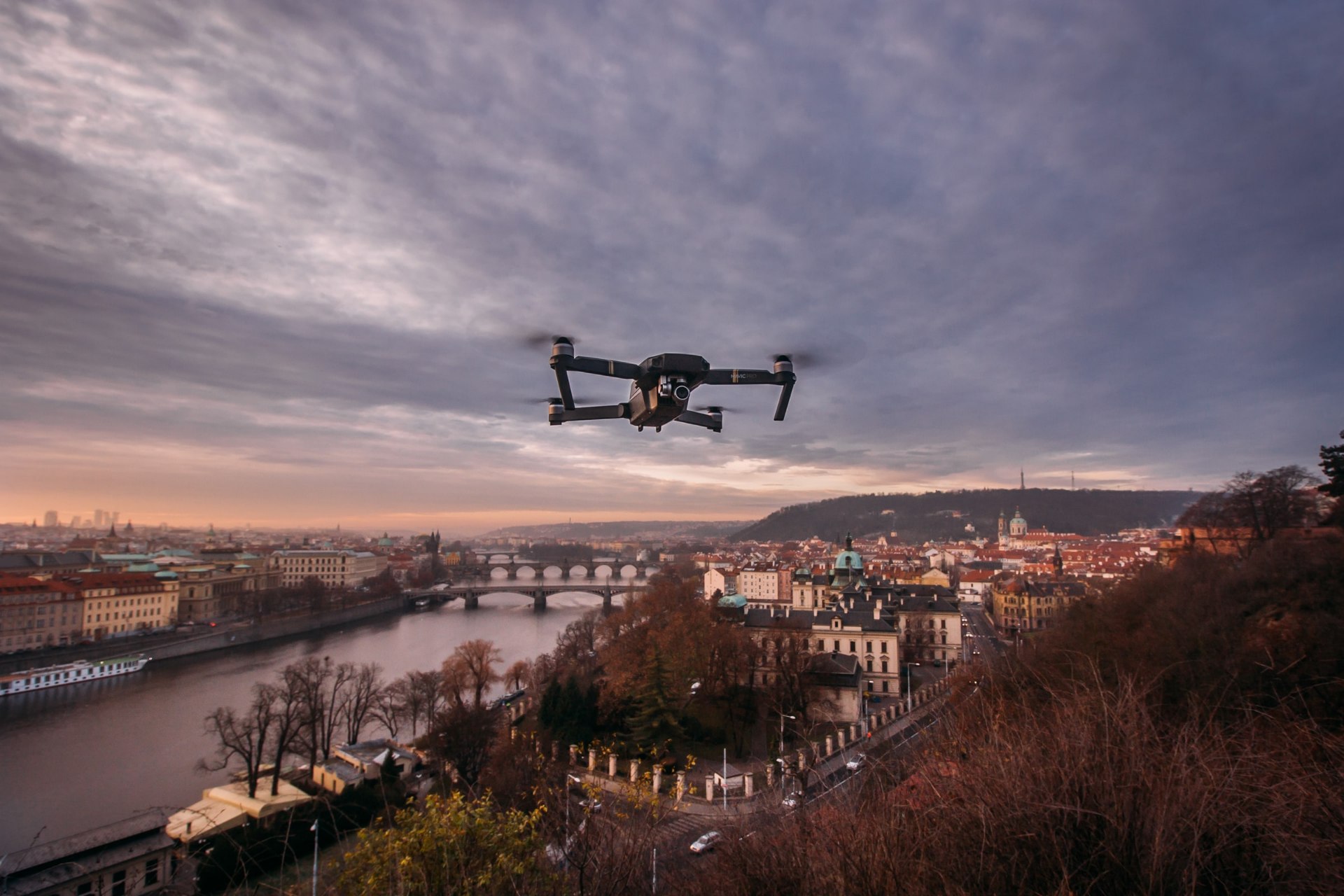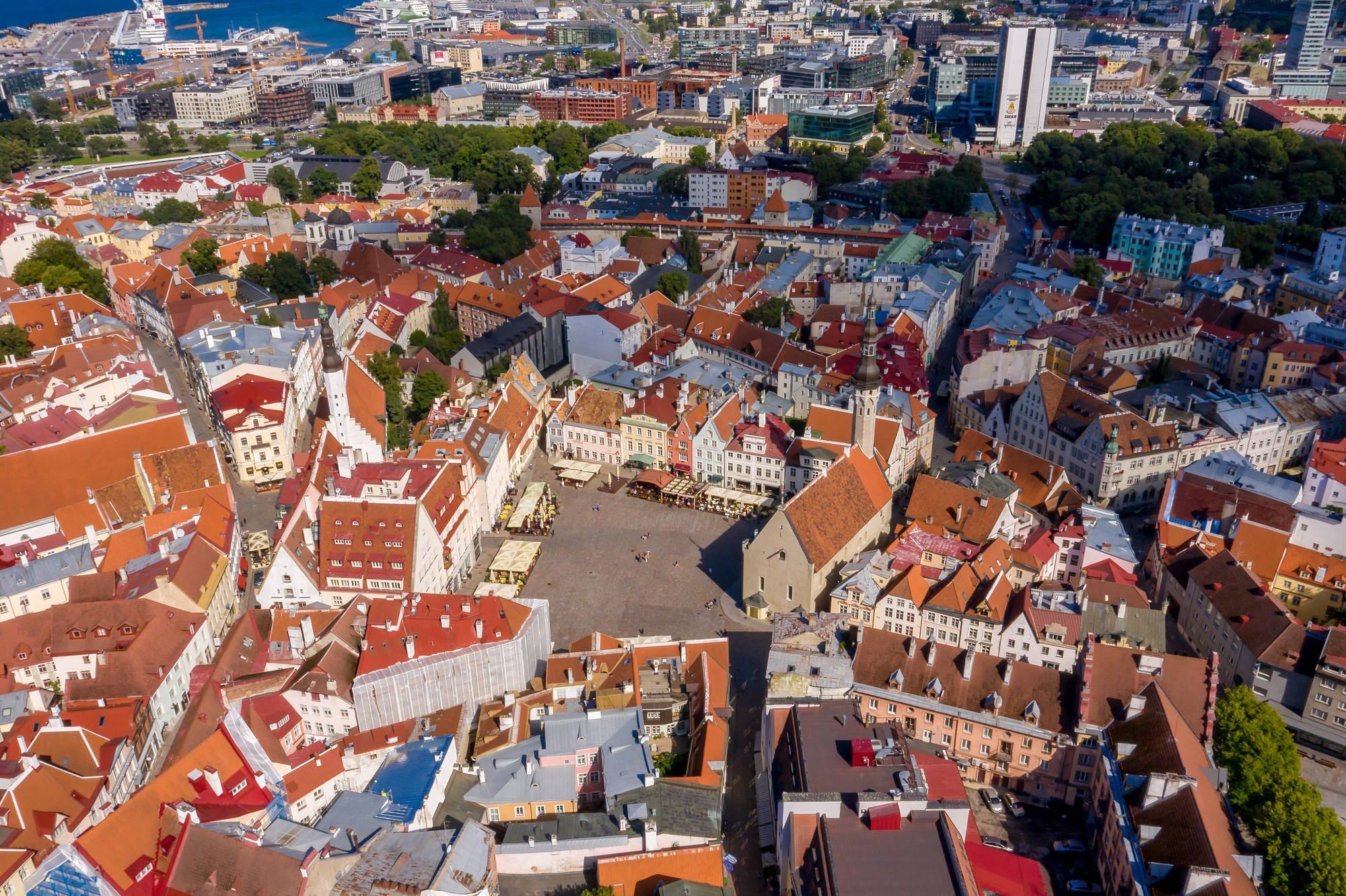Businesses in the industry 4.0 sector face unceasing demands to become faster, smarter, leaner, and more profitable. We’ve all heard of Smart Cities and Smart homes, but the fully automated and IoT-enabled Smart factory is also on the horizon. Indeed, it’s already possible today, says Darren Wall, freelance technology writer.
The IoT (Internet of Things) has proved its potential to revolutionise businesses across all sectors. When implemented correctly, it can streamline processes, improve decision-making and create extra value for stakeholders, partners and customers alike. It’s no wonder that it’s the main driving force behind Industry 4.0 – what has been described as the “4th industrial” revolution.
What is Industry 4.0?
Industry 4.0 refers to the process of digital transformation in manufacturing/production and related industries to create more value. Many consider the current digital transformation trend to be analogous to the 4th industrial revolution, hence the name.
Industry 4.0 is concerned with how manufacturing can transform, by using 3rd-party platform technologies, innovation accelerators, and IT/OT (operational technology). This means incorporating cutting-edge technologies across cybersecurity, big data, AR/VR, cloud computing, automation, AI and IoT, to digitally transform conventional processes and capabilities. The goal is to make businesses smarter and faster as well as more resilient and agile.
Top 10 Industry 4.0 IoT Applications
Here are some of the top Industry 4.0 use cases of IoT technology:
1. Big Data and Analytics
As it stands, manufacturing businesses already produce copious amounts of data. This could come from IoT sensors, production volumes, sales forecast, and performance data, etc. They also have to deal with a range of external data points and factors, such as market conditions, politics, the climate and so on.
As it stands, manufacturing businesses already produce copious amounts of data. This could come from IoT sensors, production volumes, sales forecast, and performance data, etc. They also have to deal with a range of external data points and factors, such as market conditions, politics, the climate and so on.
However, problems usually arises when it comes to effectively storing, processing and utilising that data.
Manually collecting, organising, and sifting through data, not to mention gathering insights, is, historically, a time-consuming and laborious process. Worse, it’s a waste of human potential considering how efficient and adept technology is at handling big data. Big Data & Analytics tools are transforming this side of a business’ operations in to one that happens virtually in real-time and with vastly increased intelligence applied.
2. Autonomous Robotics
While we might still be some way off humanoid robots, with human-like intelligence and dexterity, manufacturing automation is surprisingly mature. Robotics is already extensively deployed to perform repetitive, high-precision tasks in all kinds of production lines. The possible benefits of automated robotics in manufacturing are far-reaching:
• Facilitate continuous production with limited-to-no downtime• Lower the risk of work-associated injuries from hazardous tasks• Improved efficiency and productivity via fast and autonomous decision-making
More advanced robotics today don’t even require a human operator. They can self-navigate as well as itemise and step through a rapidly increasing number and variety of tasks.
3. Simulations and Digital Twins
A digital twin is a virtual simulation or model of a real-world object, such as a piece of manufacturing equipment or an entire facility. The most common use case of these systems is to run simulations designed to identify inefficiencies and opportunities for improvement.
They can also be used to run pre-emptive tests of how a system or machine would perform in specific circumstances. What’s more, employees can be trained and educated using the equipment before being put in a real-life scenario. This can be particularly effective when combined with AI and machine learning technologies.
4. Horizontal and Vertical System Integration
Horizontal integration ensures that your machinery, IoT devices, processes, and manpower, work together seamlessly. On the other hand, vertical integration ensures this production data is available and actionable by different departments throughout the business.
The end goal is to establish seamless connectivity and organisation-wide visibility for those who need it. Data should be available and shareable between machines, employees, and even supply chain or business partners.
This kind of interconnectedness could, for example, help prepare production for a delay in the supply chain. Or for sales to make decisions based on your manufacturing performance.
5. Industrial IIoT (IoT)
In a manufacturing context, IIoT is most often associated with device sensors that collect operational and environmental data. These sensors are the primary data input sources used to inform other verticals and make manufacturing processes and technology decisions. Aside from your manufacturing equipment, it can also apply to your facilities systems, such as air filtering, HVAC, etc. This continuous collection and sharing of data underpin almost all other IoT systems.
6. Cyber Security Technology
Perhaps the only major downside to IoT-flying your entire operation is that the more interconnected your systems are, the more significant the potential security risks. Any single IoT device can be a possible entry point for an attack, from where it can rapidly spread to all other devices and systems within your business operations stack.
However, this risk can be mitigated by using cutting-edge IoT cybersecurity systems. Today’s leading IoT security systems leverage technologies, such as AI, machine learning, and blockchain, to respond to attacks automatically. These intelligent security systems can protect against a wide variety of attacks, from social engineering to ransomware to DDoS.
Parts of the IoT network can be quarantined and cleaned up without bringing the entire system down. What’s more, fine-tuned configurations and access controls can improve security as a whole.
7. The Cloud
The cloud comes with the promise of never-before-seen scalability, flexibility and speed-to-market for businesses across all industries. Cloud infrastructure is cheap, secure, fast and comes pre-configured with data redundancies and business continuity measures.
Enterprises can outsource specific needs and business processes to the cloud, whether SaaS, CaaS, IaaS or XaaS. Cloud manufacturing has even emerged to synchronise manufacturing across geographically dispersed locations.
Data can be stored in near-endless amounts, with easy and quick access for all stakeholders, including customers. The cloud offers numerous benefits from a consumer-facing perspective regarding speed, availability and reliability. Not to mention reducing overhead costs when procuring, maintaining and operating infrastructure.
8. Additive Manufacturing (AM)
AM is the industrial production name for 3D printing. 3D printing itself is the process of manufacturing products by adding more materials in layers. Computer-aided design (CAD) or 3D object scanners can be used to create digital models of objects, which can then be printed in 3D.
This opens many doors for manufacturers including crowdsourcing designs, ideas and user-generated content. Even AI can be combined with big data to create AI-generated innovations or inventions.
9. Artificial Intelligence and Manufacturing
We have already alluded to several uses for AI in industrial IoT. It is fair to say that AI will inevitably suffuse almost every digital technology thanks to its potential for speed, efficiency and automation.
It’s already seeing large-scale use in making predictions regarding market trends, supply & demand and even maintenance.
Aided by big data and machine learning, the potential of AI will only increase. For example, machines can become capable of identifying and solving inefficiencies independently of human input.
10. Augmented Reality and Virtual Reality
AR and VR may have experienced setbacks due to a misalignment between expectations and reality. However, it’s now slowly gaining ground once more as a transformative technology across all vectors.
AR overlays can give boots-on-the-ground instant access to rich contextual data. For example, it’s easy to imagine AR lenses that provide information on individual packages as a floor manager walks through a warehouse. Someone wearing an AR device can even receive instant alerts, tooltips, or hazardous material warnings.
Both AR and VR can also be used for training using immersive, realistic simulations – possibly combined with digital twins.
Are you excited about Industry 4.0 IoT and what it can do for your business?
It is important to note that this technology is not solely for the use of huge Enterprises; there are also, innumerable use cases for SME’s. However, whilst the smart factory ideal is more attainable than ever, you should never go into a digital transformation unprepared.
If you haven’t undertaken this type of operation before, you should talk with a managed IT expert with a track record of helping SMEs achieve sustainable success through digital transformation. And you can make it happen while avoiding all the most common pitfalls, such as a lack of strategy or the necessary IT skills.
The author is Darren Wall, freelance technology writer. This article first appeared on www.IoT-Now.com






















































